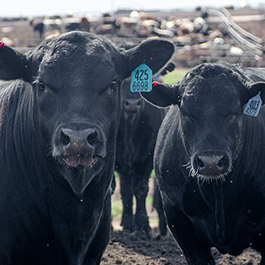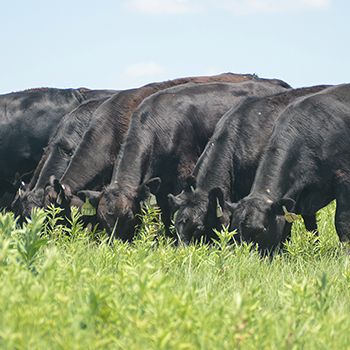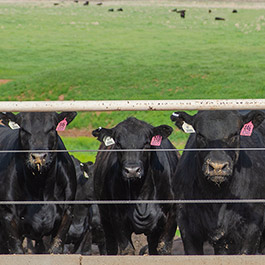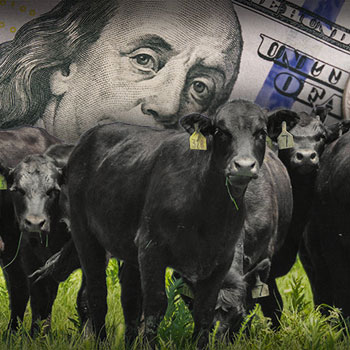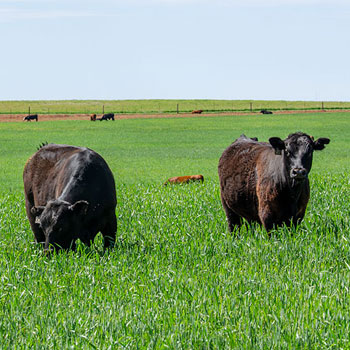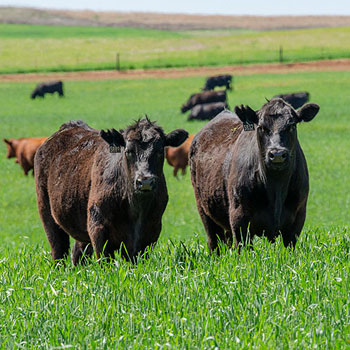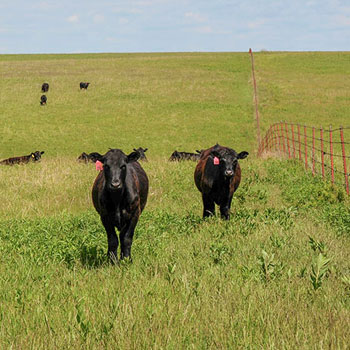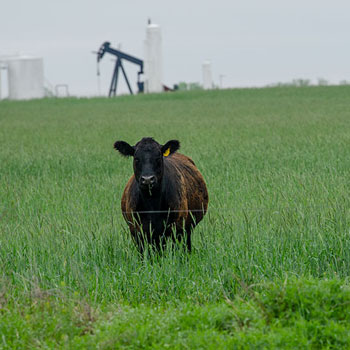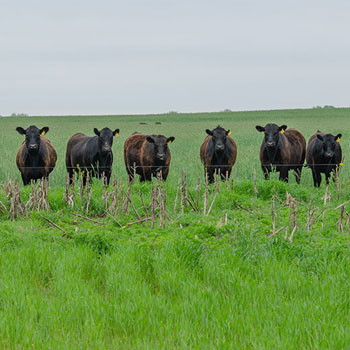One Health: New Realities
The U.S. livestock industry adjusts to FDA’s veterinary feed directive rules.
In January 2017, the Food and Drug Administration (FDA) issued new rules requiring veterinary feed directives, or VFDs, for feed products containing “medically important” ingredients such as tetracyclines. Many antibiotics for food-producing animals changed from over-the-counter to prescription-only status.
That has changed the way the U.S. feed industry does business.
“Well, the VFDs have created a change in what is available for a farm family to buy. We don’t come to the feed store anymore like we used to and buy anything and everything that may or may not be medicated,” says David Williams, owner-operator of Kentucky-based Burkmann Nutrition. “We have a dual role of supporting our colleagues in veterinary medicine to help them understand VFDs, to help them with their paperwork, and to do all the calculations so the paperwork is properly prepared. Then, on the other side, we’re consulting with farm families to help them understand that we can’t just do it the way we used to, particularly with the tetracyclines that had previously been used for different purposes that now require a VFD.”
Williams, who’s owned his feed business since the late 1970s, has seen his share of changes during that time. He says non-medicated nutrition formulations are more sophisticated than ever before, targeted for the specific needs of each of his customers. That’s resulted in better health and productivity in cow herds — and reduced sickness.
However, diseases like anaplasmosis and pinkeye remain prevalent in the Southeast and are threats to productivity and animal well-being. These things were once treatable with over-the-counter medicated feed products. That’s not the case anymore.
“Farm families don’t understand why they have to have more government intervention into their farming practices. Now, we come back with the fact that you cannot go to the feed store and buy your tetracycline mineral anymore without a prescription,” he says, but producers are rising to the occasion. “The consumer gets to decide. We need to meet consumer demand. This is just one step toward accomplishing that.”
Williams represented the Kentucky livestock industry at the National Institute for Animal Agriculture’s (NIAA) Antibiotic Symposium in Ames, Iowa. The event brought together producers, veterinarians and scientists to share ideas on how to protect both human and livestock health through improved antibiotic stewardship — a one health approach.
“The group of speakers and panelists that they had was an outstanding group of scientists that was most impressive. It was a good experience for me to understand the collaboration and the cooperative efforts that are being put forth to do what is judicious and do what is appropriate for the future of food animal agriculture,” Williams says.
The livestock industry has already taken massive strides in reducing antibiotic use. According to the Food and Drug Administration, domestic sales and distribution of all medically important antibiotics used for livestock decreased 38% from 2015 — when sales peaked — to 2018.
That’s evidence of good stewardship.
“Anything we can do to help farm families increase the demand for animal proteins is in the farm families’ best interest,” he says. “We must not be short-sighted. We must look ahead and understand that the consumer of our products makes the ultimate decision.”
Visit kybeef.com or animalagriculture.org to learn more.
Editor's note: This article is part of the One Health series by the National Institute for Animal Agriculture and the Kentucky Beef Council.

